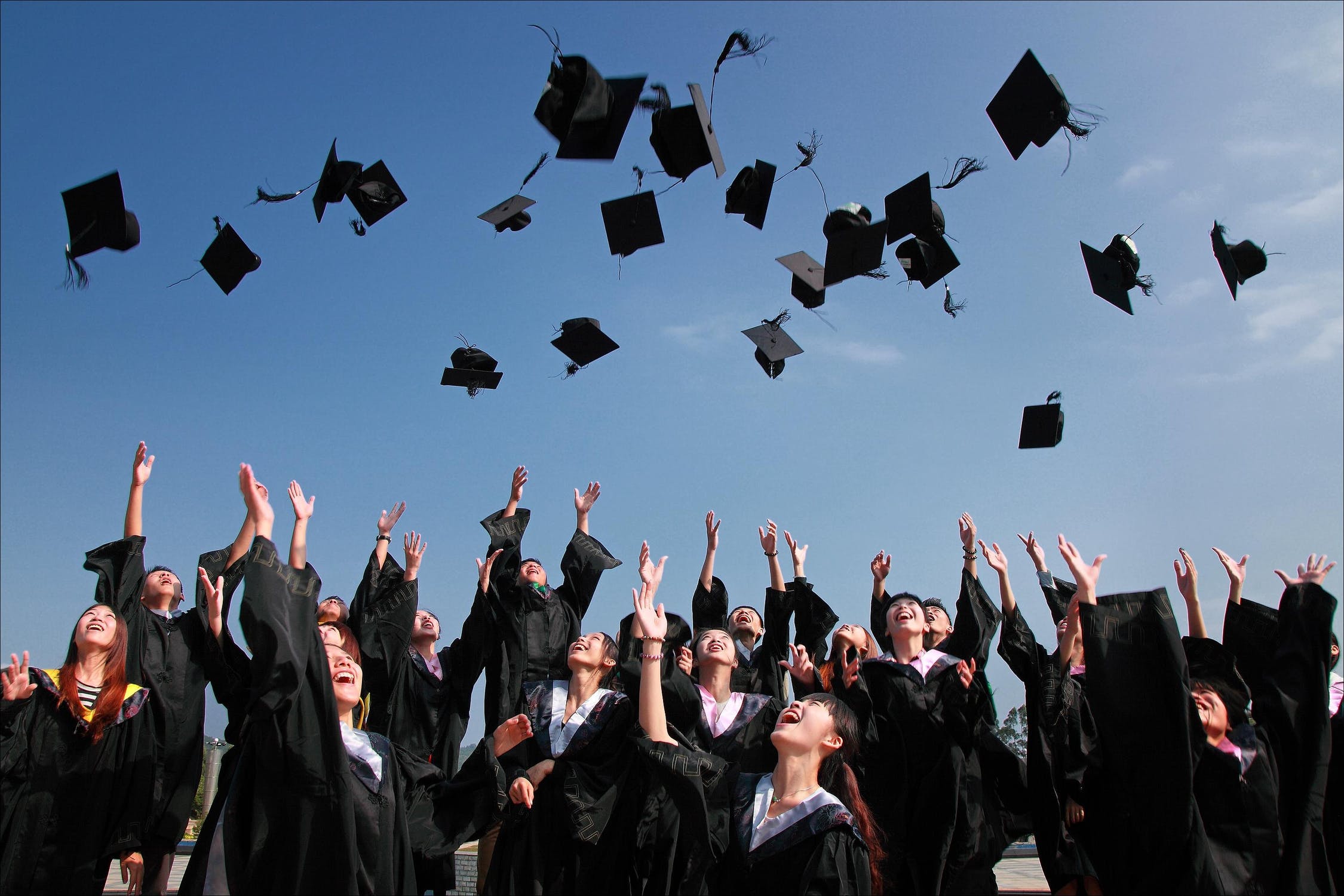What in the world is happening in the Student Loan forgiveness world? If you’ve been wondering,
here’s what we can tell you.
Or you may skip the brief summary and click this link: https://studentaid.gov/debt-relief-announcement
to read an official announcement from the federal government.
First, the COVID-era Student Loan debt repayment pause has been lifted. It is time for students to begin
paying their student loans again. Interest on the loan begins accruing on September 1, 2023 and the
first payment is due on October 1, 2023. Many students will likely begin visiting their counseling services
offices to learn what options are available regarding their payments.
There are three plans put forth by the Biden administration – the attached article available on the
studentaid.gov website explains three programs to assist students who will begin repaying their student
loan in about 2 months.
Plan One – Prepare for repayment. Many students may qualify for an Income-Driven Repayment plan.
These plans base a borrower’s payment on their household income. (An example follows below of a new
plan that is being considered.) These plans may result in a significant decrease in a borrower’s payment.
To assist your clients – please visit this link “Loan Simulator:” https://studentaid.gov/loan-simulator/
Plan Two – Is a two-part program
Part 1 – Targeted Loan Forgiveness – UP to $20,000 available to Pell Grant recipients, and Up to $10,000
in debt relief to non-Pell grant recipients. Income restrictions apply: Individual income is less than
$125,000 or up to $250,000 for household (Married, and Head of Household).
Part 2 – Public Service Loan Forgiveness (PSLF)– The remaining balance on any loan on a student loan
after 120 payments will be forgiven for those borrowers who work full-time for federal state, Tribal, or
Local government, the military, or a qualifying no-profit.
Note: In 2022, temporary changes were made to the PSLF program. Borrowers had to take advantage of
these changes by October 31, 2022. Any borrower who missed that deadline has another opportunity
to make a one-time adjustment
Learn more about the PSLF and apply:
https://www.whitehouse.gov/publicserviceloanforgiveness/?utm_source=pslf.gov
Part 3 – At this time, Part 3 is not in place. The Biden administration is working on this new income-
driven repayment plan. In short, this is an overview of what it will offer:
- Borrowers will pay no more than 5% of their discretionary income on undergraduate loans. This is
a reduction from 10%. - Raise the amount of income that is non-discretionary thereby reducing the amount of discretionary
income to base a payment on. (this makes more sense when you run the numbers – so we will) - Any unpaid balance will be forgiven after 10 years of payments…at the present time, forgiveness is
available after 20 years. (Balance must be less than $12,000) - If the payment is too low to cover the interest, the borrower will not see their balance grow as long
as they make their payments – even when the payment is $0….yes “zero dollars!”
Discretionary Income =a borrower’s Adjusted Gross Income – 225% of the Federal Poverty guidelines
(FPL)
Your client Torrie is Single, no dependents. His income is $45,000 a year. His current student loan
payment is $346 a month. He will qualify for the new Income Driven Repayment plan.
The Single FPL is $14,580. Multiply that by 225% = $32,805. Subtract that from $45,000. Torrie’s
payment will be 5% of the difference ($12,195) or $609.75 a year or $50.81 a month.
NOTE: Income Driven Repayment Plans are refigured every year to adjust for changes in income or
other change in the borrower’s status. This example applies to Torrie’s first year, and could be very
different next year.

